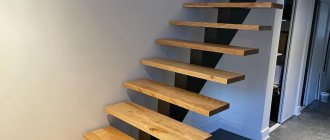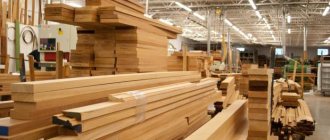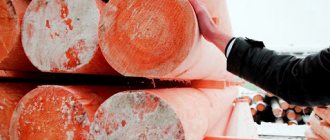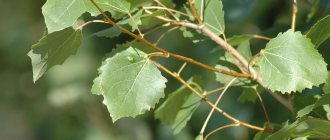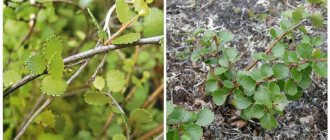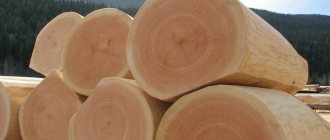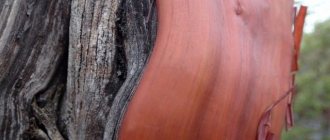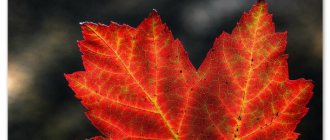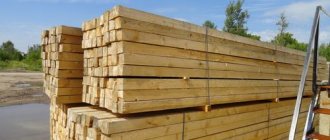Wood waste generation
In the process of logging and manufacturing products from it, a significant amount of waste remains. About 20 percent of wood ends up as waste only during the harvesting process. Wood harvesting waste includes rhizomes, branches, bark and needles of trees. Wood that is unsuitable for various reasons for the construction, furniture and other industries also goes to waste. The latter is generally called non-commercial wood.
Often, this wood is used for firewood. Birch, alder or pine firewood is extremely in demand by residents of villages and villages without central heating, owners of country houses and dachas, especially if the company organizes their delivery: firewood is required not only in winter, but also at other times of the year, and the majority of people have the ability to procure it populations do not always exist.
When making boards and timber, another 40 percent of wood is wasted. What remains from the production of boards and beams are slabs, ends of boards, slats and sawdust.
In furniture production, the amount of waste is also significant, and can amount to more than 60 percent.
Types of lumber depending on the type of wood
Hardwood.
They are characterized by strength and durability, aesthetics. Used for interior decoration, furniture making, plywood, flooring and high quality joinery. The most commonly used trees are ash, oak, maple, beech, linden, aspen, and birch.
Coniferous wood.
The most commonly used wood in construction is pine, spruce, fir, larch, and cedar. Pine and larch are well suited for the manufacture of load-bearing structures, since they are less susceptible to rotting. Coniferous trees, unlike deciduous wood, are more susceptible to the destructive effects of the external environment, but this disadvantage is eliminated by proper operation and surface treatment with special antiseptics. Conifers such as larch are one of the most rot-resistant tree species. A good example of this is the well-known city of Venice, which has been standing on the water for several centuries in a row, resting on beams made of Russian larch. Coniferous species are characterized by a large amount of resinous substances in the wood mass. The cost is less than hardwood.
